Jaina studies are expanding and increasingly gaining in international recognition. Counterbalancing an earlier bias towards research on the Shvetambara community and on north-western India, there are a number of recent surveys on the Digambaras in the South. These studies, however, have generally neglected the modern State of Karnataka. This historically and culturally significant region, in which Jainism has played a major role, forms the focus of the present volume. Despite its emphasis on Digambara Jainism and on Karnataka, the book includes many references to other religious groups striving for supremacy in the region, and to neighbouring States in the wider area of South India.
In addition to the novel emphases in terms of religious and regional approach, this collection of thirteen research papers revolves around the question of what is heritage and who defines it. The scholarly contributions combine the latest findings from the three main disciplines of history, art and architecture, and religious studies—with ample citations from literature, epigraphy, archaeology and anthropology. In their entirety they widen our understanding of the concept of heritage and approach hitherto neglected areas of research. Particularly important are the contributions providing fresh evidence on political history, and the rise and subsequent relative decline of the Jaina community in the South. Equally significant are the investigations into neglected and so-far unknown areas of architectural history, combined with the provision of revised interpretations of known sites. The scholarly contributions from religious studies emphasise the distinction and resilience of the Digambara Jainas and outline religious change over a period stretching from the early centuries BCE to the present day.
By introducing new areas of enquiry, identifying important signifiers of heritage, reinterpreting earlier findings, drawing on modern South Asian studies, and combining research findings from across a number of academic fields in an interdisciplinary manner, this collection of specialist papers reveals new ways of seeing and understanding the splendour and complexities of the Jaina heritage. In doing so, it opens up a number of new questions concerning the construction and preservation of the heritages of other groups and regions of South Asia and the wider world as well.


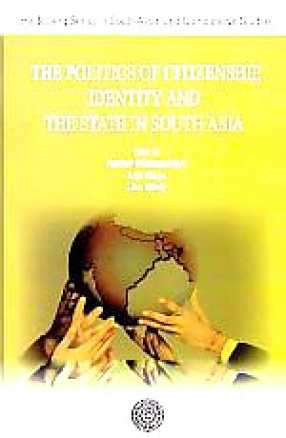
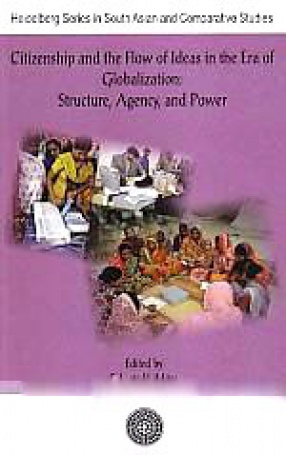

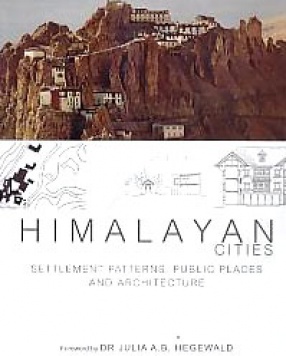
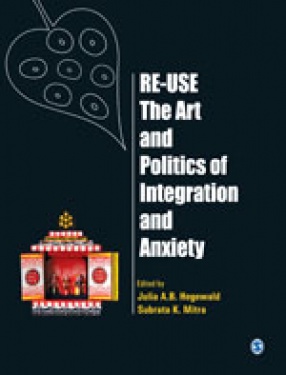
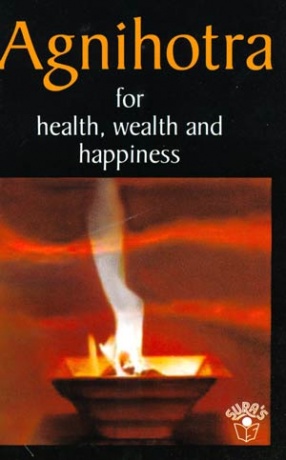

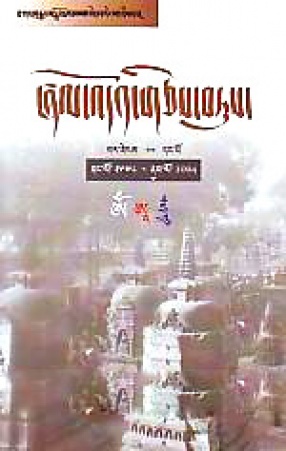
There are no reviews yet.